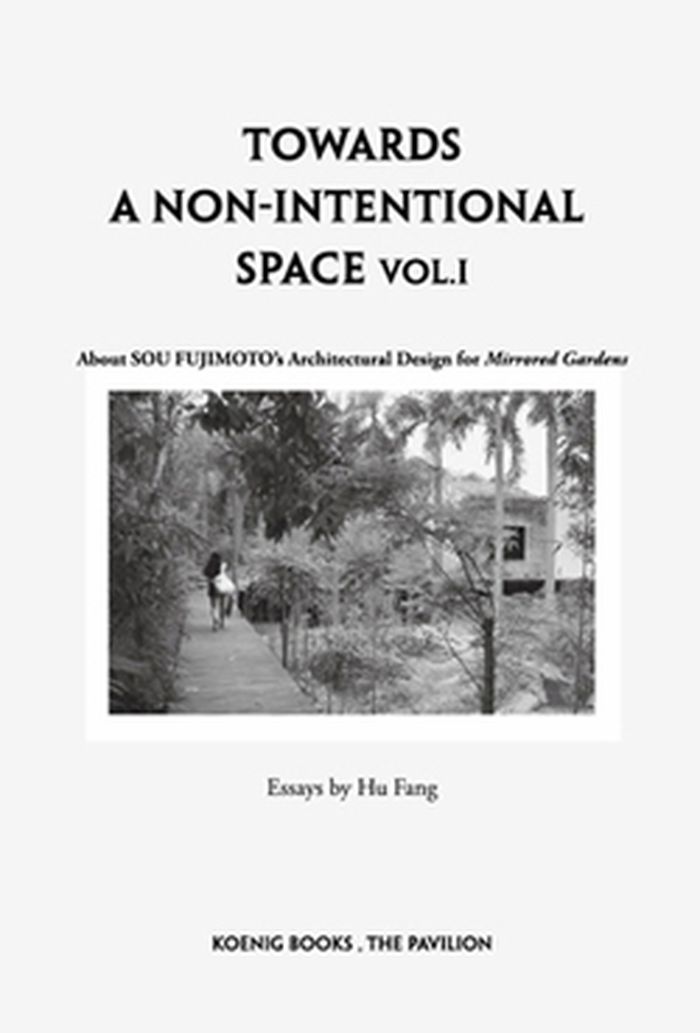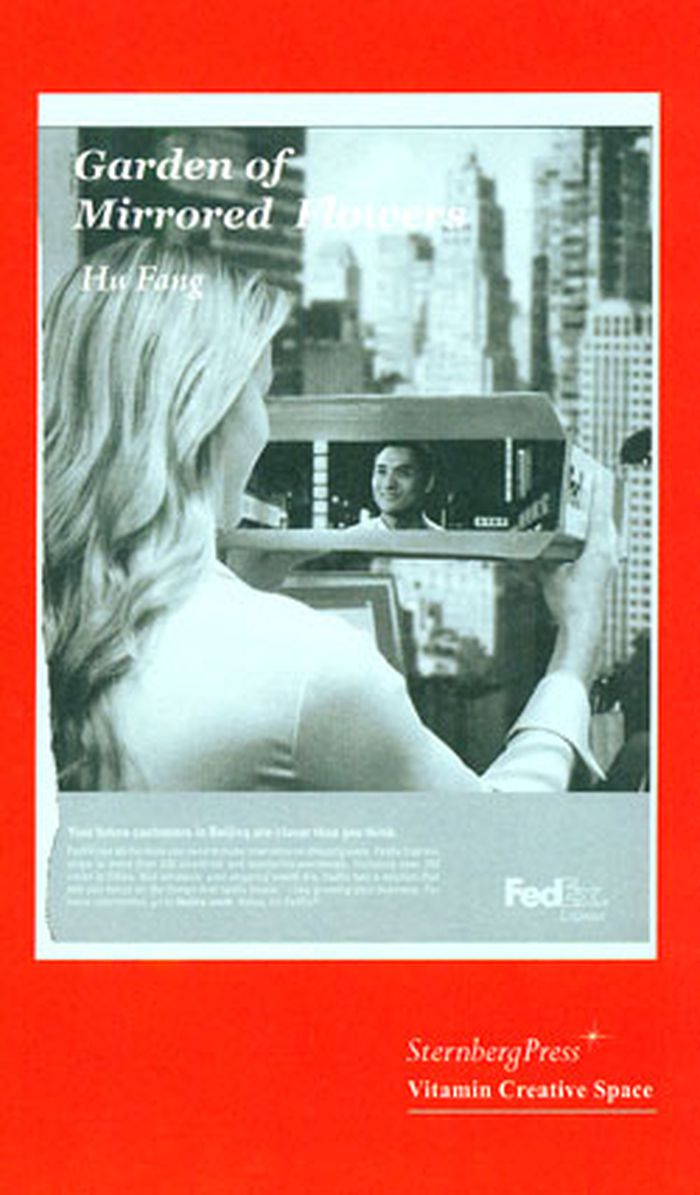$52.50
(disponible sur commande)
Résumé:
Sou Fujimoto (born 1971) is a Japanese architect noted for his delicate light structures and permeable enclosures. In 2014, after three years of research, design and construction, Fujimoto’s studio, Sou Fujimoto Architects, created Mirrored Gardens, a village-inspired arts complex of platforms and cabins on the outskirts of Guangzhou, China. The locally sourced structure(...)
Sou Fujimoto: Towards a Non-Intentional Space, Vol. 1
Actions:
Prix:
$52.50
(disponible sur commande)
Résumé:
Sou Fujimoto (born 1971) is a Japanese architect noted for his delicate light structures and permeable enclosures. In 2014, after three years of research, design and construction, Fujimoto’s studio, Sou Fujimoto Architects, created Mirrored Gardens, a village-inspired arts complex of platforms and cabins on the outskirts of Guangzhou, China. The locally sourced structure houses a gallery, art studios and visitor facilities. This book reflects the research that inspired the Mirrored Gardens. Touching on Chinese garden and Japanese Zen garden study, permaculture and farming practices, Towards a Non-Intentional Space is an unusual look into innovative architecture oriented toward a quotidian, farming lifestyle.
Architecture, monographies
Garden of mirrored flowers
$29.95
(disponible sur commande)
Résumé:
Fang’s novel tells the story of a man in the process of designing a theme park, called Garden of Mirrored Flowers, and is an adaptation and transformation of the classical Chinese novel Jin Hua Yuan, or Flowers in the Mirror, from the Qing Dynasty. Beginning as a pictorial journey through myriad advertisements and the way they allow for many different entries into(...)
Garden of mirrored flowers
Actions:
Prix:
$29.95
(disponible sur commande)
Résumé:
Fang’s novel tells the story of a man in the process of designing a theme park, called Garden of Mirrored Flowers, and is an adaptation and transformation of the classical Chinese novel Jin Hua Yuan, or Flowers in the Mirror, from the Qing Dynasty. Beginning as a pictorial journey through myriad advertisements and the way they allow for many different entries into reality, Fang depicts parallels between the park’s actual construction and how it has been imagined, or how it has evolved out of history. For Garden of Mirrored Flowers is less the vision of one author (Fang) and more the result of reality writing itself through this author; that is, a script, or documentary, of life. “It’s a book,” Fang states, “written by a ghost writer. Me? Just a traveler floating within the wave of globalization.” Culminating with the park’s opening ceremony, Fang creates a space where history seems to have been completely consumed and absorbed by contemporary social movements. It is both a labyrinth to get lost in and a pavilion made of reflective glass.
Théorie de l’art

